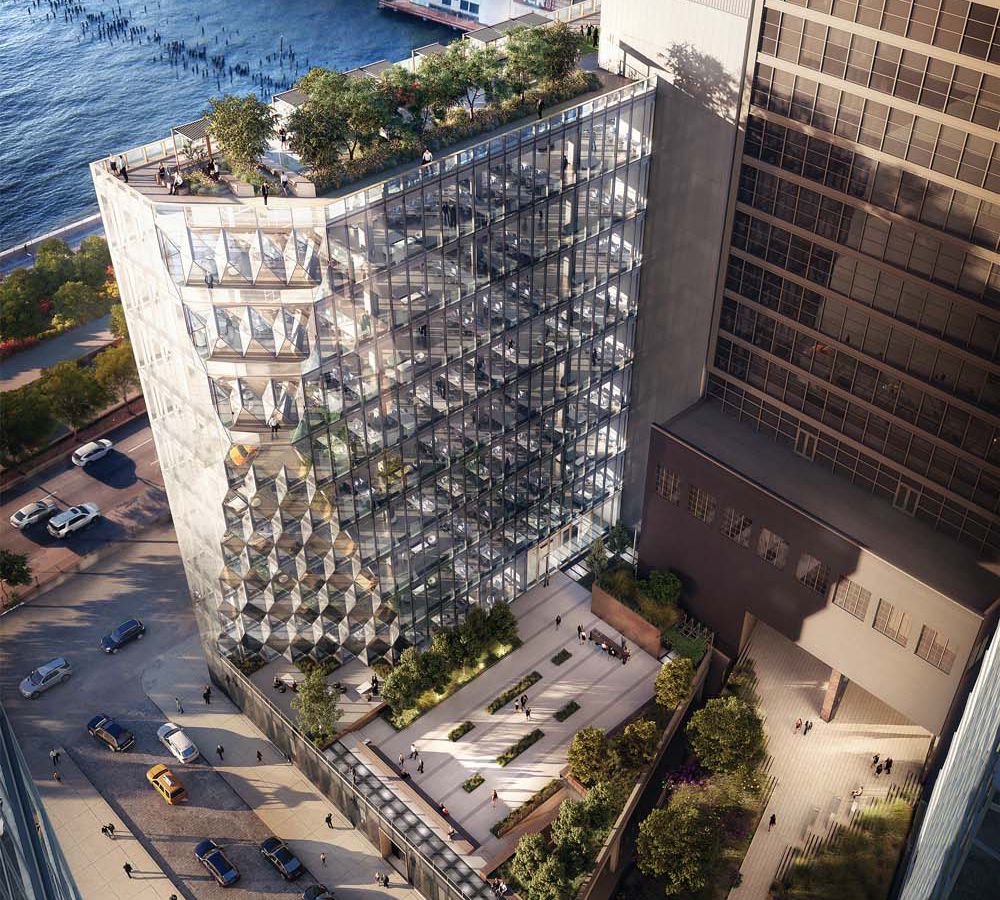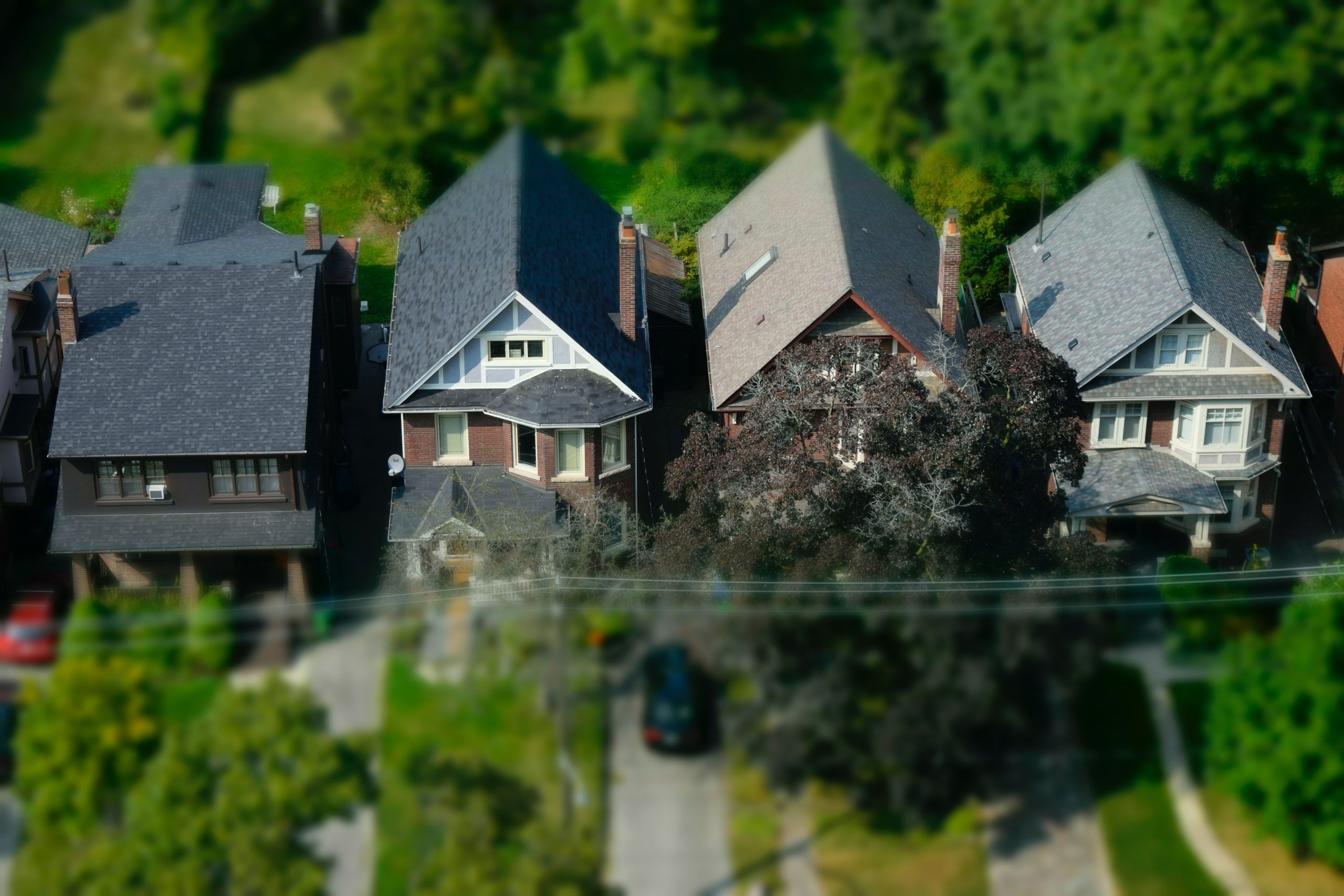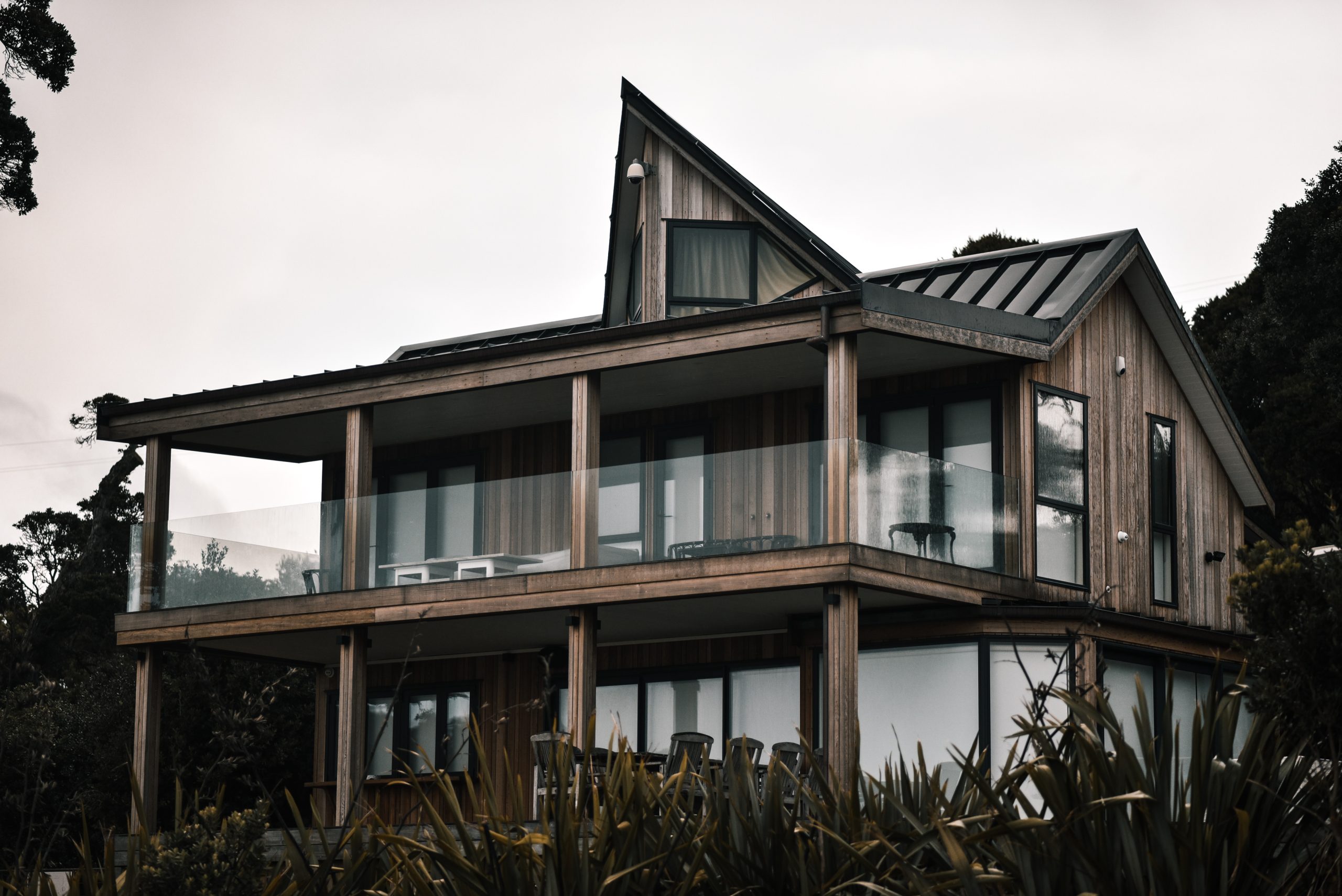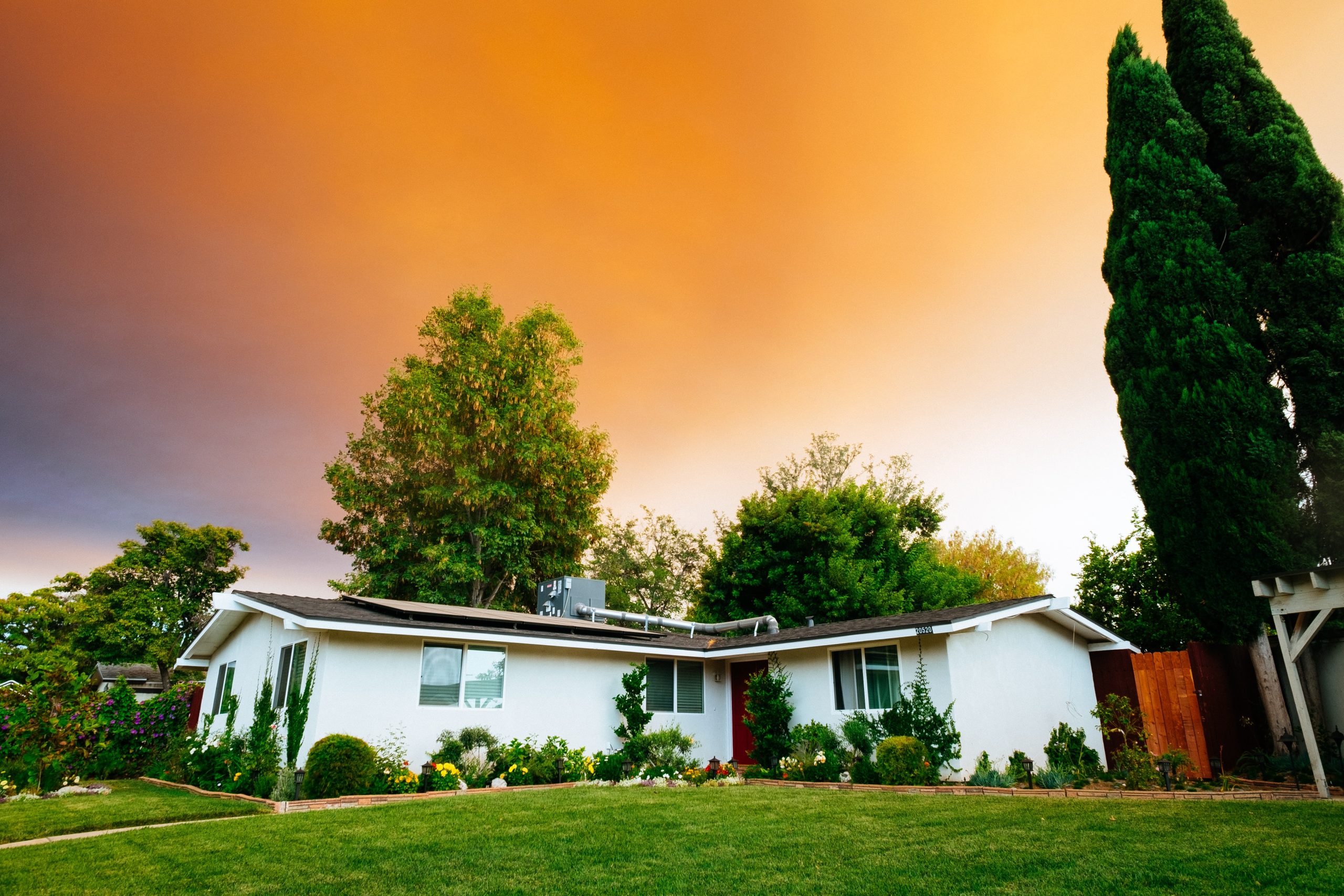In an era where environmental consciousness is on the rise, sustainable design has become a key consideration for homeowners looking to reduce their carbon footprint and create a healthier living environment. Incorporating green features into your home not only benefits the planet but also enhances your quality of life. This article explores the various ways you can embrace sustainable design principles and transform your home into an eco-friendly haven.
1. Energy-Efficient Lighting:
One of the simplest and most effective ways to reduce energy consumption is by switching to energy-efficient lighting options. LED bulbs, for example, use significantly less energy and last longer than traditional incandescent bulbs. By replacing outdated lighting fixtures with LED alternatives, homeowners can save money on electricity bills while reducing greenhouse gas emissions.
2. Renewable Energy Sources:
Harnessing renewable energy sources is a game-changer in sustainable home design. Installing solar panels on your roof allows you to generate clean, renewable energy to power your home. Not only does this reduce your reliance on fossil fuels, but it can also lead to substantial long-term savings on energy costs.
3. Water Conservation:
Conserving water is another crucial aspect of sustainable design. Low-flow faucets, showerheads, and toilets can significantly reduce water consumption without compromising functionality. Additionally, rainwater harvesting systems can collect and store rainwater for various household uses, such as watering plants or flushing toilets.
4. Efficient Insulation:
Proper insulation is essential for maintaining a comfortable indoor temperature and reducing energy waste. By insulating your home effectively, you can minimize heat loss during winter and prevent excessive heat gain during summer. This reduces the need for heating and cooling systems, resulting in lower energy consumption and reduced carbon emissions.
5. Sustainable Materials:
When renovating or building a home, choosing sustainable materials is crucial. Opt for eco-friendly options such as reclaimed wood, bamboo flooring, or recycled glass countertops. These materials not only minimize environmental impact but also add a unique touch to your home’s aesthetic.
6. Indoor Air Quality:
Improving indoor air quality is vital for a healthy living environment. Incorporate natural ventilation systems, such as strategically placed windows or skylights, to promote air circulation and reduce the need for artificial cooling. Additionally, choose low-VOC (volatile organic compound) paints and finishes to minimize harmful emissions.
By embracing sustainable design principles, homeowners can make a positive impact on the environment while creating a comfortable and stylish living space. Incorporating green features into your home is a long-term investment that benefits both the planet and future generations. So, why not take the first step towards a greener future by transforming your home into an eco-friendly sanctuary?
Disclaimer: The views and opinions expressed in this article are those of the author and do not necessarily reflect the official policy or position of [Publication Name].











